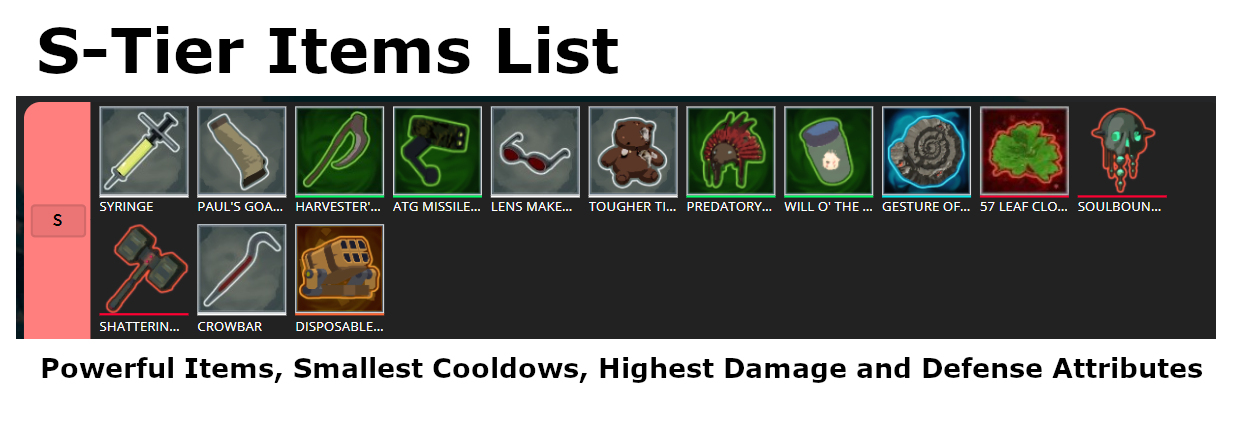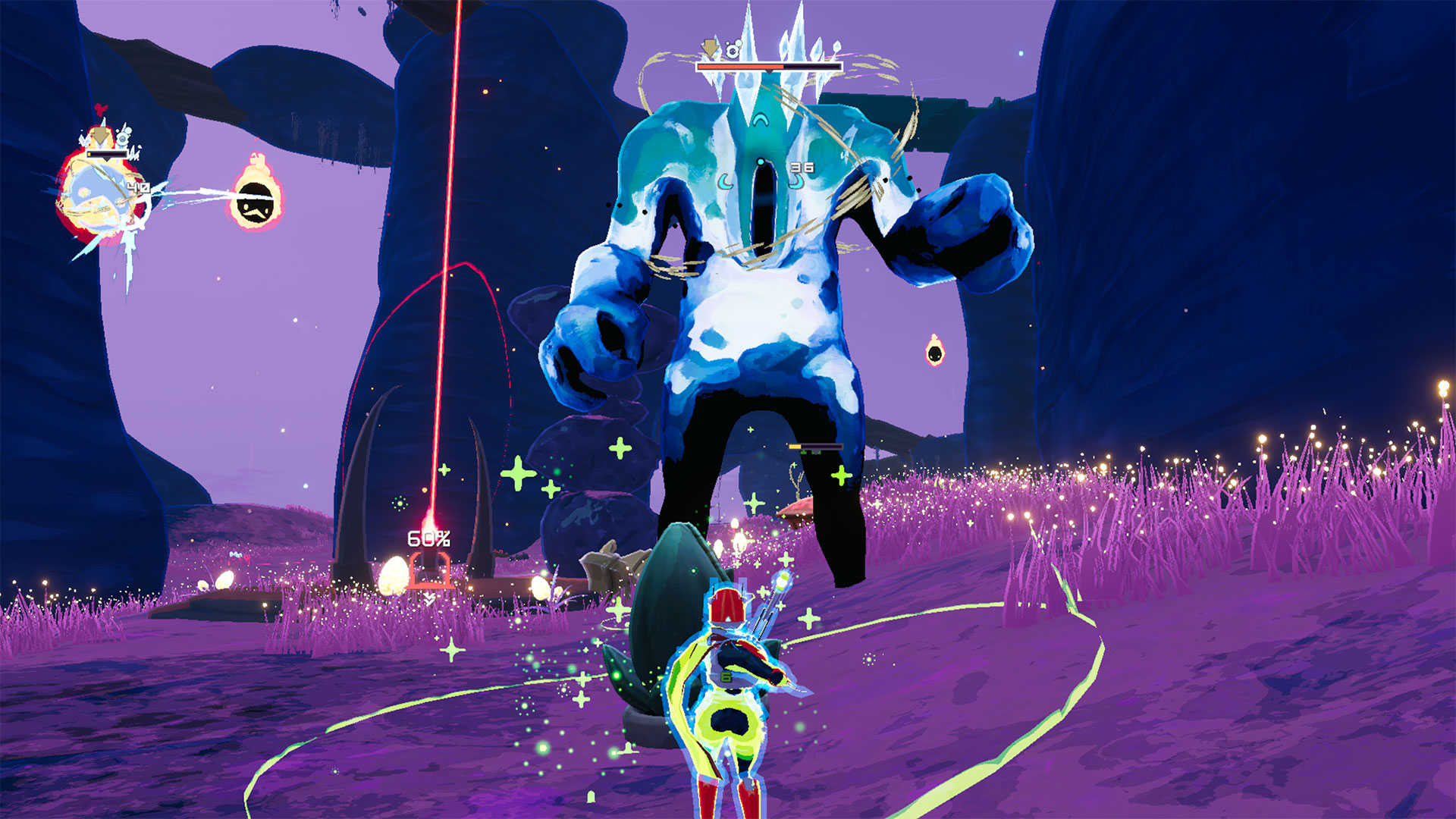
Since this would result in a value that approaches zero, it's often subtracted from 1, resulting in a value that approaches 1.Īn item which has inverse exponential stacking is typically modeled by a unique equation resembling 1-(1/x).

This is often similar to linear stacking, but the value divides 1. If a numerical value present in the item does not show up in the table, it does not stack with number of items.ġ1, to allow the loop to fire every game step (60 times per second)Īt first glance, a player may see an item and believe that obtaining a few of them would grant 100% to the stat of the item, or that they may stack exponential and that around 30 would give a near 100% chance.įor some items however, the scaling is different, instead using a type of function with a diminishing return known as an inverse exponential function. Thus, it is recommended not to stack many lunar items. In negative effect cases, as with lunar items, the maximum effective count shows simply at what point it becomes obsolete add new ones - these values should never be sought after in-game due to potentially game ruining effects through stacking. In positive cases (cooldown reduction), the value is as close to 0.12 as possible, as 0.12 is the fastest ever recorded human reaction speed (other than Gesture of the Drowned, which can fire once per tick or 60 times per second if the item has no cast time). An example would be that if an item grants 10% damage resistance exponential, you wouldn't get 100% damage resistance after 10 items, you would get 0.90^10 damage taken, or ~65% damage resistance, where 0.90 is 1 minus the reduction value, and 10 is the exponent representing the number of said item the player has.Įxponential stacking is limited to items that reduce values (lower cooldown, health), because if it were linear, it would allow players to go to zero with these items.Įffective Limit is not a hard limit, but any more than the listed value would have no effect on gameplay whatsoever (typically due to surpassing a minimum value in-game). Another word for exponential stacking is "Diminishing Returns".

If a numerical value present in the item does not show up in the table, it does not stack with number of itemĮxponential stacking is when an item does not increase linearly based on the stack value, it scales based on the current percentage instead of the base one. For example, exceeding 10 stacks of Lens-Maker's glasses gives a total increase in critical strike chance by more than 100%, and so all attacks will be critical hits regardless of the number of item stacks beyond 10 in this case. The "Effective Limit" of an item, as seen in the table below, describes the number of item stacks beyond which additional stack have no effect on gameplay. For example, one Lens-Maker's glasses gives +10% critical strike chance, 2 give +20% critical strike chance, and 10 give +100% critical strike chance.

Linear stacking is when the effect of an item scales linearly with the number of items. 3.5 Efficiency for Inverse Exponential Items.There may be discrepancies between items in the Logbook ingame and this page, as the information given here is directly from the code, which may be different from that stated in the game. This page strives to give the true values, rather than stated ones. Note that for some items, the listed value in-game is not reflected in the item code. Because of this, item stats are divided between sections, and will not be shown in a section unless they stack to said section. Items may have multiple stats that stack, and some items have stats that stack in different ways. Items listed here include only those that stack - if a number is not listed from an item, it does not stack. Tougher Times, a frequently misunderstood and miscalculated item The amount by which an item's effect is amplified with each stack is shown in the Logbook, but not how that amount scales. Stacking an item changes one or more of its effects in one or more of the following ways: linearly, exponentially, and inverse exponentially (see tables below).


 0 kommentar(er)
0 kommentar(er)
